From bacterial diseases (like necrotic enteritis, fowl cholera and chronic respiratory disease) to viral diseases (like infectious bronchitis virus, Newcastle disease and highly pathogenic avian influenza virus) to parasitic diseases (like the Northern fowl mite and poultry lice), the most common chicken diseases can overtake a flock. That's why it's important to take preventative measures and be prepared to fight poultry diseases the proper—and natural—way.
The Traditional Method: Antibiotics and Disinfection
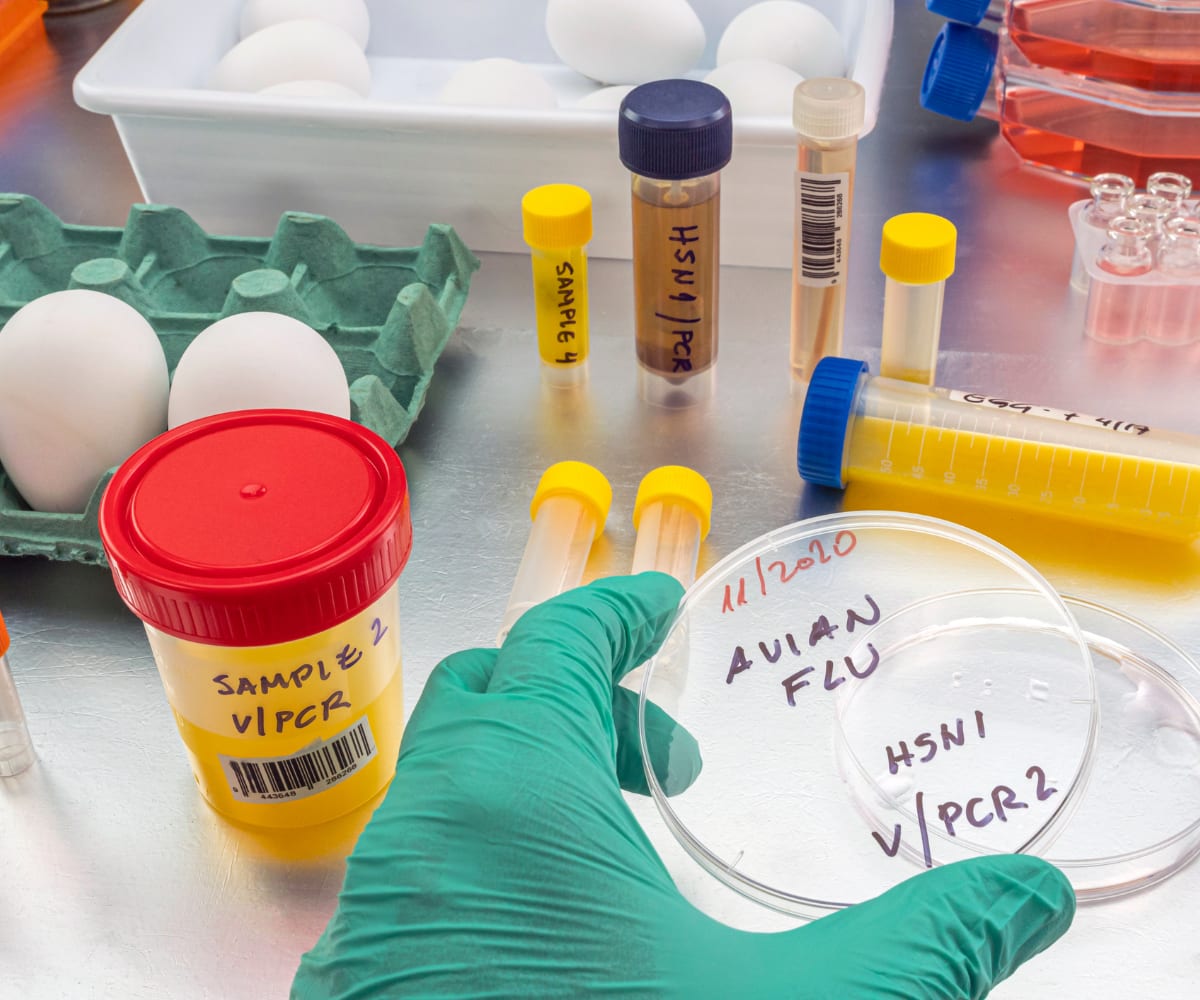
The traditional way to fight disease has always been a disinfection strategy: clean out and sterilize everything in the house, and give the birds antibiotics as a way of disinfecting the inside of the bird.
This “disinfect in and out” strategy is partially correct: it is about both sides of the bird. Not the left side and the right side, but the inside and the outside. But as time goes on, we have found that there is a problem with the traditional strategy. Disinfection and antibiotics may be causing other problems, and those problems are beginning to look serious.
Nothing kills 100% of disease-causing microorganisms. Whether we're talking about disinfecting a house or treating birds with antibiotics, some disease-causing pathogens always survive. More than likely, these pathogens survive because 1) they are stronger than the rest, or 2) they have a genetic mutation that allows them not to be killed by the disinfectants and antibiotics. These mutated disease strains are more resistant to being destroyed, and they are becoming direct dangers to humans.
Poultry Antibiotics
Beyond using antibiotics to fight poultry diseases, there has also been widespread use of antibiotics as a growth promoter. Large quantities of antibiotics have been used on poultry since the 1940s. At the time, it was found that the birds grew significantly larger when fed the by-products of antibiotic production. The antibiotic-producing mold had a high level of vitamin B12 after the antibiotics were removed, but this mold produced higher growth than could be accounted for by vitamin B12 alone. Eventually, the by-products were found to be responsible for the growth.
What caused the growth? The adjustment of intestinal flora appeared to be the cause. This adjustment favors "good" bacteria that aid digestion while suppressing "bad" bacteria that provoke disease. This means that the goal of antibiotics as a poultry growth promoter is actually the same as the goal of poultry probiotics—but probiotics don't pose the risks associated with antibiotics. More on probiotics later!
Guidelines and Research Findings
The issues surrounding the use of antibiotics are slowly getting worse. For many years, the industry fought efforts to limit the use of antibiotics, labeling the claims of possible harm as overblown. But as the evidence continues to mount, the poultry industry is beginning to recognize the scope of the problem. In April of 2012, the U.S. Food and Drug Administration (FDA) issued guidelines asking meat and poultry producers to stop giving antibiotics to their animals as growth promoters.
The FDA guidelines came in the wake of research from a group of researchers from Canada and Minnesota. According to an article published in The Atlantic, the researchers "found close genetic matches between resistant E. coli collected from human patients and resistant strains found on chicken or turkey sold in supermarkets or collected from birds being slaughtered. The researchers contend that poultry, especially chicken..., is the bridge that allows resistant bacteria to move to humans...sparking infections when conditions are right."
Poultry House Disinfection
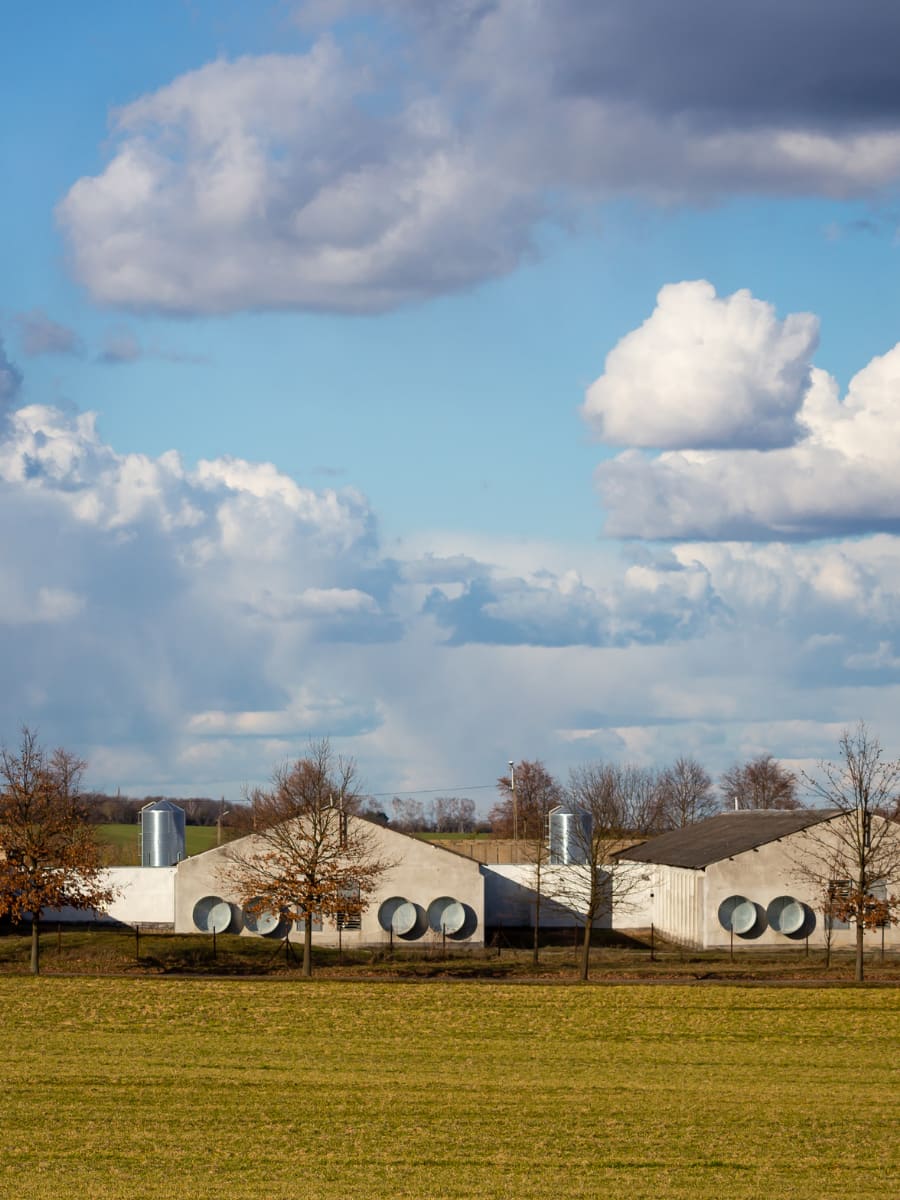
While disinfection is less controversial than the use of antibiotics, the misuse or overuse of disinfection strategies can also contribute to the strengthening of microbial strains—and it can actually contribute to making a domestic poultry farm even more susceptible to disease.
What are disinfectants?
Disinfectants aren’t like insecticides. When you put down an insecticide, you expect it to kill insects for at least several weeks. Disinfectants are only good for a very short period of time. They kill most of the microbes on the surface, but that killing power may only be good for as little as a few minutes.
After that, you have an area completely devoid of life of any kind. Something will move in to fill that space, and that something will be whatever can migrate from nearby non-disinfected areas—whatever is carried in by the air, insects, rodents or even your birds.
And if those birds are susceptible birds or infected birds, the bad bacteria can take over. Nature abhors a vacuum, and disinfectants create an empty space that will eventually get filled by something. That "something" may very possibly be something very bad.
Disinfectant Resistance
With disinfectants, the survival of the fittest applies. Although the disinfectants may kill 99% of the harmful biology on a surface, the surviving strains will be the strongest and hardiest. When the surviving strains reproduce, they pass on their resistive traits. This strengthens the strains and makes them less susceptible to disinfectants with the passage of time.
The Natural Method: Competitive Exclusion
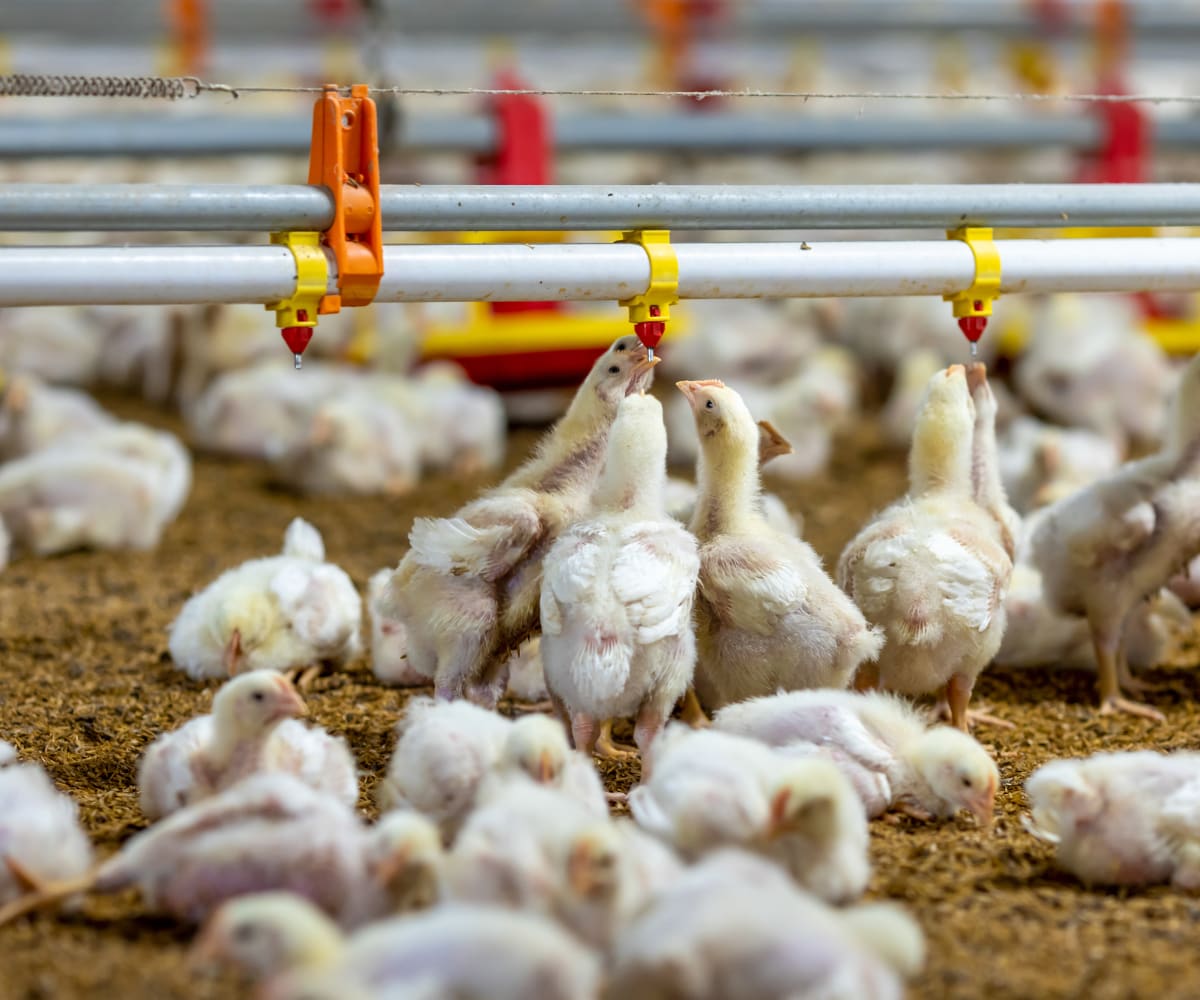
Clearly, we have reached a tipping point and a better methodology is needed. The traditional method of disinfection and antibiotics is becoming less effective, and it risks turning poultry from a safe and relatively low-cost food for the consumer into a possible source of devastating human diseases.
The good news? There is a better methodology. There is a strategy that works with the environment instead of working against it. That strategy is called competitive exclusion.
What is competitive exclusion?
The principle of competitive exclusion states that two species competing for the same resources cannot coexist. When one species has even the slightest advantage or edge over another, the one with the advantage will dominate in the long term. One of the two competitors will always overcome the other. When you fully populate an environment with beneficial or even harmless biology that is dominant over other species, it will force out the harmful species.
Competitive Exclusion Products
While disinfection of water lines and other equipment continues to be the best way to prevent those surfaces from becoming disease sources, Southland Organics' competitive exclusion products are the best way to keep pathogens out of the litter and the birds' guts. With Litter Life in your poultry litter and Big Ole Bird in your drinker lines, you have a comprehensive program, and best of all, an alternative to antibiotics.
Control Pathogens in Poultry Litter
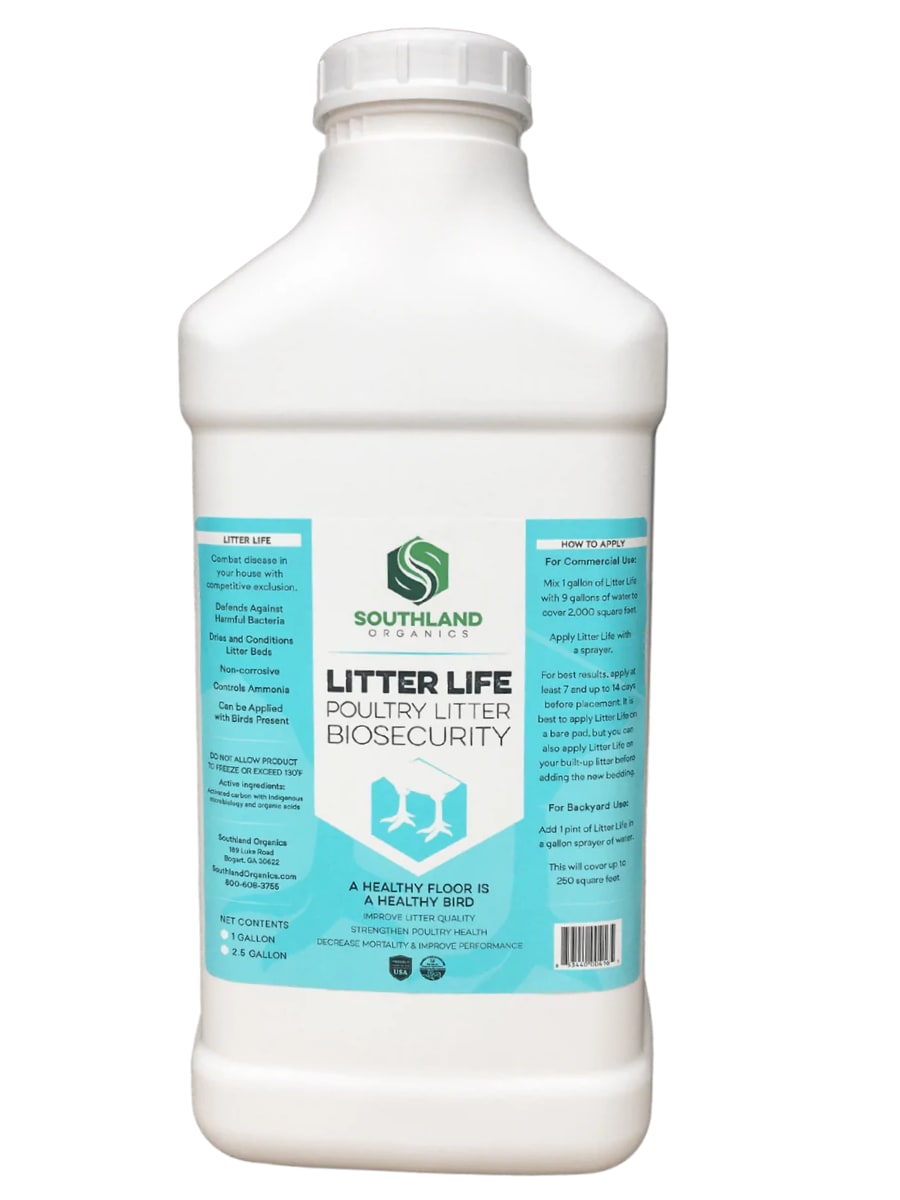
To control harmful pathogens in a nutrient-rich environment like poultry litter, you need a powerful solution to truly dominate the biology present in the litter. If good bacteria isn't properly repopulated during the litter management process, the floor becomes a breeding ground for bad bacteria.
Natural Solution
Packed with biologically active carbon, organic acids and naturally occurring microbes, Litter Life accelerates decomposition, keeps litter dry and controls ammonia. This liquid litter treatment contains beneficial bacteria that has been scientifically proven to dominate harmful bacteria, such as E. coli, Campylobacter and more. With strong natural defenses, birds grow in a healthier environment with less threat of disease, lower mortality and better performance.
The biology in Litter Life consists of a base made from an ancient cypress lignin deposit, which is high in natural carbon and humic and fulvic acids. Lignin has been shown to inhibit the growth of Salmonella, E. coli and Clostridium. It inhibits the growth of harmful bacteria without inhibiting the beneficial bacteria present in Litter Life, such as Bacillus subtilis.
Litter Life keeps working flock after flock to protect your birds from harmful diseases. Competitive exclusion with Litter Life is a sound strategy to protect your flock. Why? Because it works with nature to keep disease at bay instead of working against it.
Control Pathogens in Birds' Guts
Probiotics alter the intestinal biology and immune system to reduce colonization by pathogens, which is similar to growth-promoting antibiotics.
The difference is that probiotics accomplish this through competitive exclusion. Competitive exclusion alters the biology in the gut instead of using the “kill them off” method of antibiotics.
Extensive research has shown that probiotics cause a reduction in pathogen colonization, alteration of microbial populations, alteration of the immune system and prevention of cancer as well as a reduction of triglycerides, cholesterol and odor-causing compounds, including ammonia. Increased bird weights, improved feed conversion and decreased mortality rates are well-documented.
Humates for Healthy Birds
While Big Ole Bird contains the same mix of beneficial bacteria found in many probiotic blends, it differs in one important way: it contains a high level of humates. Our humates come from a unique deposit mined in South Georgia.
What are humates?
Humates consist of humic and fulvic acids. Humic acid is a naturally occurring substance with a dark brown color. This is the part of the soil that is responsible for composting, and in plants, it is what transfers nutrients from the soil into living organisms. Learn more about humates here.
Fulvic acid is yellow in color and is the chemistry responsible for chelating (grabbing hold of) minerals and transferring them to the living organism. Toxic metals are also chelated, but the way that fulvic acid reacts with them makes it difficult for them to enter a living organism. Fulvic acids also detoxify, helping to rid the body of heavy metals that may enter it. Fulvic acids diffuse easily through membranes, such as those in a bird’s digestive system.
Reduce Stress-Causing Hormones
Humates have been shown to block or reduce the production of stress-causing hormones. When birds are given humates, birds are less likely to be impacted by outside stimuli, such as wild birds.
Humates for Broilers
Big Ole Bird contains the same lignin base as Litter Life. Big Ole Bird helps limit this bad biology while actually stimulating the probiotic strains present in the formula. It takes the place of antibiotics used for both growth and disease prevention, perhaps even doing the job better than antibiotics.
Learn more about Big Ole Bird.
Humates for Laying Hens
If you have commercial breeding flocks, Hen Helper is our combination of probiotics, organic acids and electrolytes for laying hens. The humic and fulvic acids have been scientifically proven to improve shell quality and egg production by keeping hens in peak longer.
Prevent Poultry Diseases with Natural Alternatives
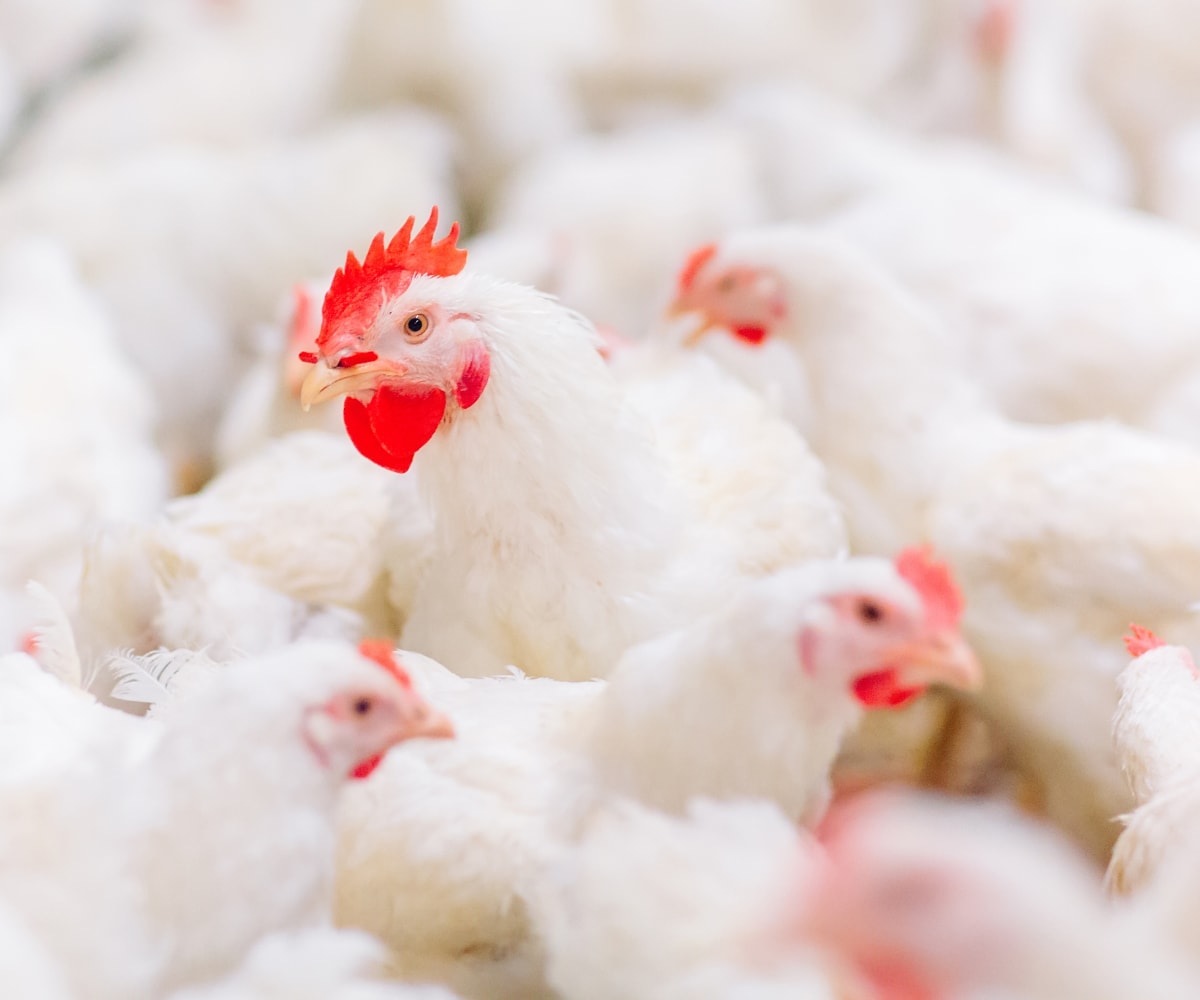
As pressure to eliminate growth-promoting and preventative antibiotic use increases, other methods of controlling avian diseases and getting results are required. Big Ole Bird and Litter Life are the smart, organic alternative to antibiotics.
Using Big Ole Bird and Litter Life is a natural way to get production results as good as—or better—than those obtained through antibiotics. Remember: It's about both sides of the bird. Not the left side and the right side, but the inside and the outside. With Big Ole Bird and Litter Life, you have both sides covered!
Contact Us
If you have any questions about preventing poultry diseases with our products, feel free to reach out to me at allen@southlandorganics.com or 800-608-3755.







